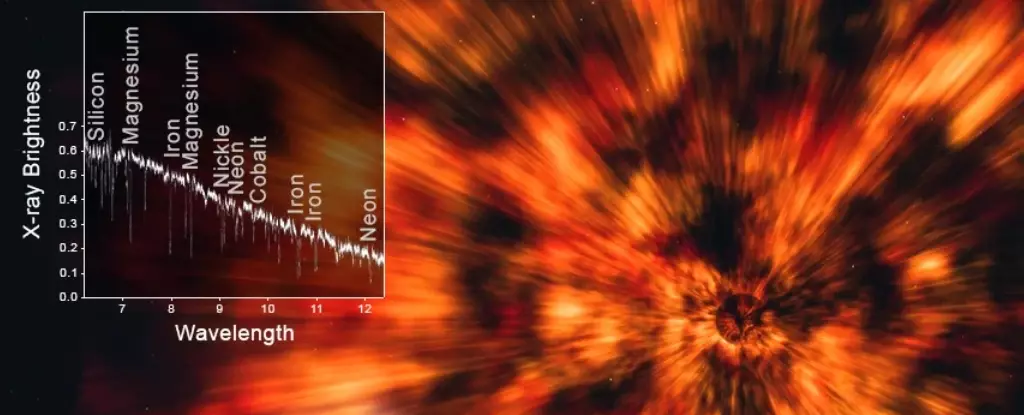When contemplating black holes, the imagination often conjures images of celestial vacuums that not only consume physical matter but erode the very history tethered to that matter. This romantic notion is misleading; rather than obliterating this history, black holes maintain a narrative thread, particularly for the matter that orbits them. A black hole’s formation provides a captivating entry point to explore the intertwined destinies of stars and their fate. New insights from the astrophysical community illustrate how we can navigate the complexities of these enigmatic objects without discarding their history.
The GRO J1655-40 System: A Cosmic Tale
One stark example is the binary system GRO J1655-40, composed of a black hole weighing approximately seven solar masses and a companion star at over three solar masses. The narrative takes an intriguing twist when we consider that this system likely began with two massive stars. Through the explosive death of the larger star, we witness a transformative supernova event that birthed a black hole, forever altering the composition of the celestial ensemble. This compelling unfolding highlights not just the fate of one star but also underscores the dynamic exchanges between star systems.
Decoding Elemental Signatures
In their quest to ferret out the origins of this cosmic duo, astronomers analyzed an extensive trove of data captured by NASA’s Chandra X-ray Observatory. Remarkably, the observations made in 2005, during a particularly luminous phase, provided a treasure trove of spectral data, allowing researchers to elucidate the elemental makeup of the system. Through systematic examination, the researchers identified 18 different elements with varying abundance levels, essentially crafting a chemical biography for the progenitor star that succumbed to its own explosive demise.
Insights from Stellar Archaeology
The age and composition of a star at the time of its death leave an indelible mark on its elemental byproducts. This is where the concept of “astronomical archaeology” comes into play, bridging the disciplines of chemistry and astrophysics. By synthesizing data on the 18 elements present, researchers were positioned to reconstruct the original star’s characteristics and mass, arriving at an astounding estimate of 25 solar masses for the progenitor. Such a staggering size emphasizes the effect that massive stars have on their environments, including intense stellar winds and the remnants that scatter into the cosmos following their explosive ends.
Implications for Stellar Evolution Models
These findings ripple through the field of astrophysics, allowing for more refined models of stellar evolution, particularly within binary systems. They signify a significant stride in understanding how massive stars evolve into black holes or neutron stars. This burgeoning framework lays the groundwork for further explorations into distant star systems and enhances our understanding of cosmic dynamics. Rather than viewing black holes as devoid of history, they become storied relics of their potent predecessors—entities that are ever-evolving and deeply interconnected with their stellar companions.
Each discovery stirs significant excitement about the cosmos, challenging us to rethink long-held assumptions about black holes and their role within the universe. The re-examination of stellar narratives not only extends our comprehension of cosmic phenomena but also rejuvenates the quest for knowledge in a landscape that is as fascinating as it is complex.

